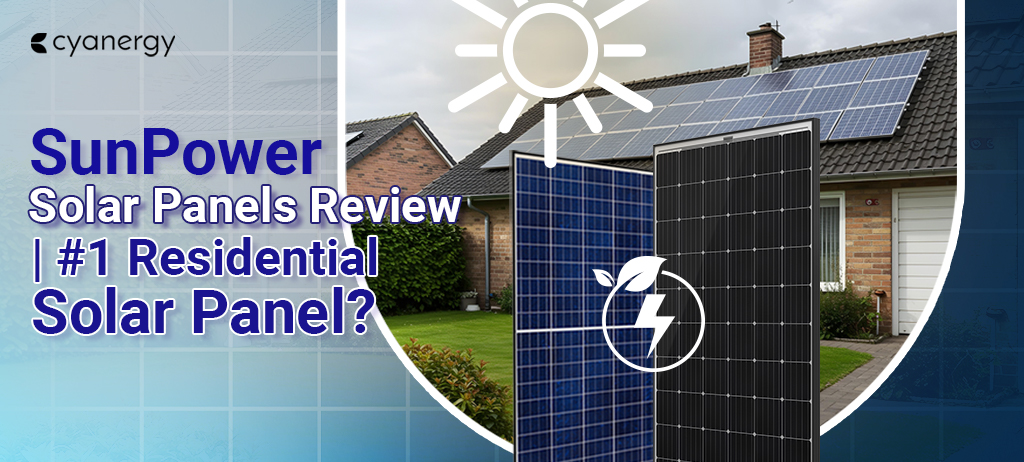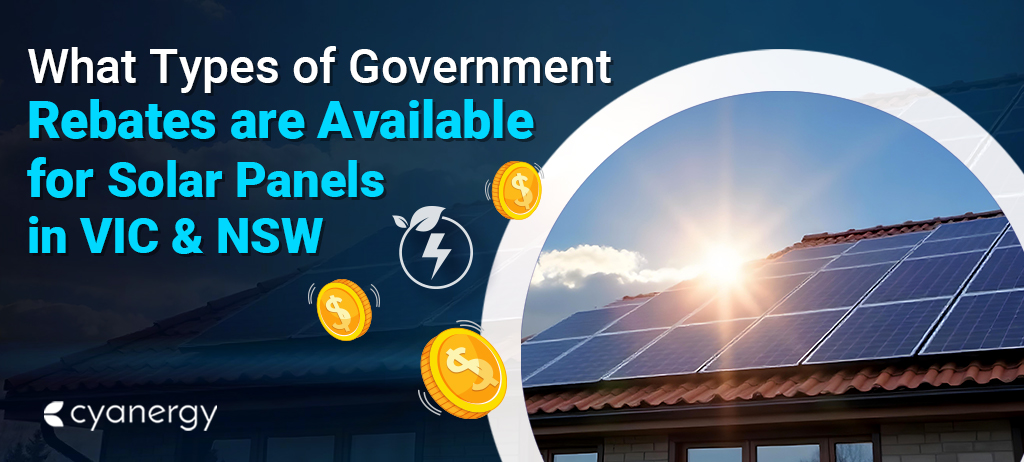Improving water use in industry can lower water consumption and offer many environmental and social benefits.
Changes in behaviour, daily operations, and technology can all help make industrial processes more water-efficient. But how to increase water efficiency in manufacturing?
Significant improvements can come from better leak detection and repair in pipes and from using newer, more efficient technologies, such as improved pipes, smart systems, timers, high-efficiency cleaning systems, and water monitoring tools.
Raising awareness and changing habits among workers can also help reduce water use. On the regulatory side, setting water tariffs can encourage companies to save water.
Reusing and recycling water within the industry also boosts efficiency by providing a freshwater source without needing new supplies from outside, which cuts costs, saves energy, and lessens the burden on natural freshwater sources.
What is Water Efficiency?
Water efficiency refers to long-term water reduction, often by eliminating water waste. It also releases lower amounts of toxic emissions into wastewater, typically in waterways, potentially harming marine life and vegetation.
It also means using less water to do the same tasks or get the same results. It’s about reducing waste and making the most out of the water we use.
By being more efficient, we can save water, lower costs, and reduce the strain on natural water sources, which is good for the environment. Examples include fixing leaks, using water-saving devices, and reusing water when possible.
Understanding Water Usage
Reducing water use at home is an easy way to lower your water and energy bills and help the environment.
Even in areas without water shortages, saving water means we don’t need to build new dams, take extra water from rivers, or treat as much wastewater. This also saves energy required for treating and moving water, which helps lower greenhouse gas emissions.
How much water your home uses depends on the number of people and the size of your garden.
However, most households can cut down on water use without much expense. Many water providers have online tools to help you see if you’re using water efficiently.
Why Water Efficiency Matters in Industry
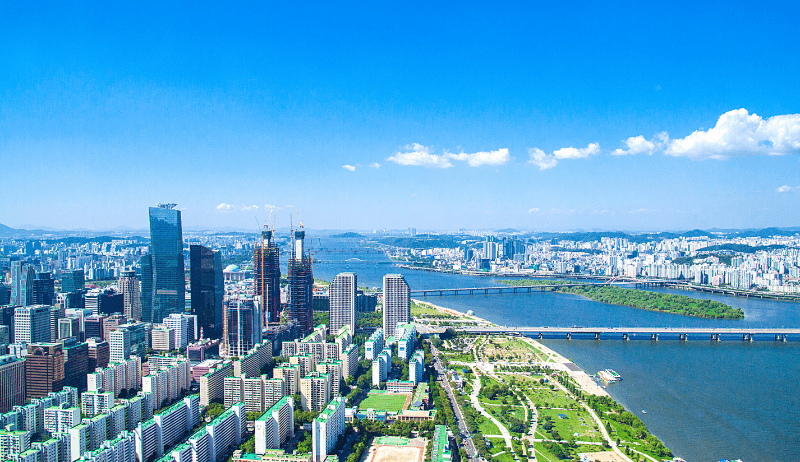
Water is essential for many industrial activities, and using it efficiently helps protect the environment and support long-term economic success.
By improving water efficiency, companies can reduce their water and lessen the demand for local water sources. This helps protect natural ecosystems and ensures enough water for future needs.
Many industrial processes, like cooling, cleaning, and production, use much water. However, some companies don’t prioritise water efficiency, leading to wasted water and worsening water scarcity issues, which can harm their operations and reputation.
Understanding How Water is Used in Industry
Companies need to understand where and how they use water in their operations to use water more efficiently. This helps them spot areas for improvement and take specific actions to reduce waste.
Industrial water use can be divided into two main types: direct and indirect. Direct water use is directly used in production, such as in cooling towers, boilers, and cleaning equipment.
Indirect water use includes water for other purposes, such as sanitation, landscaping, and employee facilities.
By examining how and where water is used, companies can identify ways to save water and create effective water-saving plans based on data.
How to Increase Water Efficiency in the Manufacturing Industry?
Here’s how the manufacturing industry in Australia can increase water efficiency:
Fix Leaks and Maintain Equipment: Regularly check for leaks in pipes, taps, and machines. Fixing leaks quickly saves a lot of water over time.
Install Water-Saving Devices: Use low-flow taps, high-efficiency washers, and smart water meters. These help reduce water use without affecting operations.
Recycle and Reuse Water: Use treated water from one part of the process in another area, like reusing rinse water for cleaning floors. This reduces the need for fresh water.
Upgrade to Water-Efficient Equipment: Switch to newer equipment that uses less water, such as advanced cooling systems or water-efficient washers.
Educate Employees: Train workers on saving water and show them ways to avoid waste. Small changes in habits can make a big difference.
Use Smart Monitoring Systems: Install sensors and tracking systems that monitor water use in real-time. This helps detect leaks and identify areas where water is being wasted.
Optimise Cleaning Processes: Try using dry or air-cleaning methods when possible. When water is needed, consider high-pressure systems that use less water.
Partner with Water Efficiency Programs: Work with local water-saving initiatives and programs in Australia. Many offer resources, grants, or advice on saving water.
By following these steps, manufacturers in Australia can save water, cut costs, and help protect the environment.
Properly Optimising Water Efficiency In Industrial Operations| Improving Water Efficiency in Manufacturing
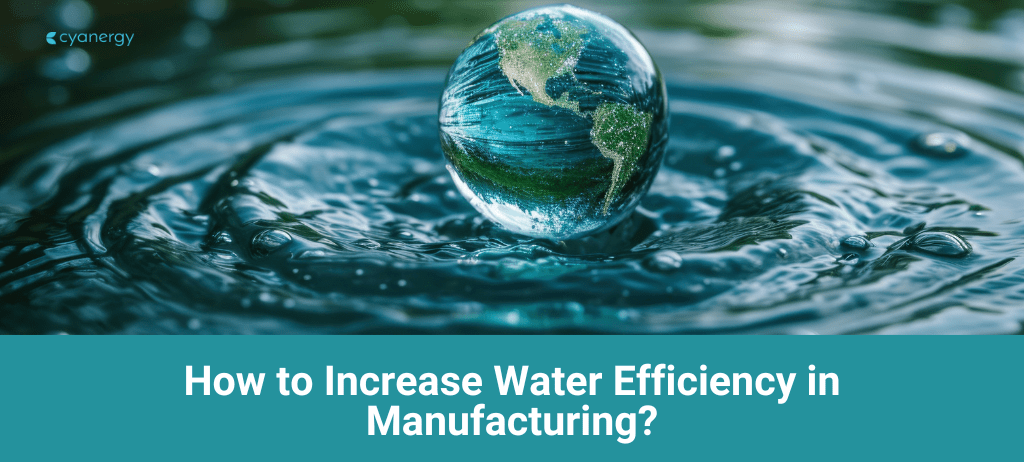
To properly optimise water efficiency in industrial operations, it is essential to start by evaluating all the water sources and uses within the facility. Conduct a water audit to clearly understand where water is being used and where it may be wasted.
This audit will help identify high-usage areas and leaks so you know where to focus your efforts.
Upgrading outdated equipment is also essential for efficient water use. Old machines often require more water, so consider switching to newer, water-saving models where possible.
Equipment that uses minimal water, like modern cooling systems or efficient boilers, can make a big difference.
Industrial operations can also benefit from closed-loop systems, where water is reused multiple times within the same process before being discarded. This setup reduces the need for fresh water and lowers costs.
Recycling water within the facility rather than relying on continuous fresh water reduces water bills and environmental impact.
Training staff to follow water-saving practices encourages workers to report any water issues they notice, such as leaks or unusual water use. Teach them efficient ways to handle water-based tasks, like using only the water required for cleaning or production.
Finally, set measurable water-use goals and track your progress over time. This can involve setting limits on daily or monthly water usage and conducting regular reviews to assess whether targets are being met.
Water Efficiency Tips| How Low-Flow Fixtures Can Reduce Water Consumption?
Saving water at home is easier now, thanks to low-flow fixtures. Special taps, shower heads, and toilets are made to use less water but still work effectively.
Here are ten easy ways to use low-flow fixtures in your home to save water and cut costs, which is essential as Australia often faces droughts and high water prices.
Switch to Low-Flow Taps:
Add Faucet Aerators:
Use a Low-Flow Washing Machine:
Fix Leaky Taps and Pipes:
Add Flow Regulators:
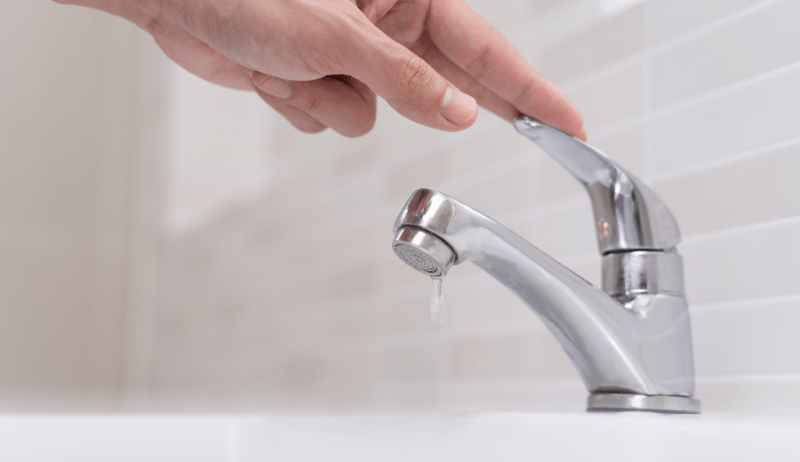
Use Water-Efficient Fixtures for Outdoors:
Efficient Cleaning Fixtures:
Smart Metering and Monitoring Systems:
Employee Awareness and Training:
Training employees on the importance of water efficiency and proper use of low-flow fixtures ensures they are mindful of reducing water waste. Turning off taps promptly and reporting leaks can maximise the benefits of low-flow systems.
These small changes with low-flow fixtures can significantly reduce water use, saving you money and benefiting the environment. Making a few adjustments at home helps with water conservation efforts across Australia.
Water Efficiency Labelling and Standards Scheme (WELS)
The national Water Efficiency Labelling and Standards (WELS) scheme informs consumers about the water efficiency of various products. By choosing water-efficient products, Australians could save up to $175 per household annually.
A Water Efficiency Labelling and Standards star rating label shows a water efficiency rating out of six stars.
It also shows the water consumption in litres per wash and identifies that the appliance has been tested by Standard AS/NZS 6400.
The appliance’s model and load capacity are also identified. A WELS star rating label indicates water efficiency for consumers.
Click here: 10 Easy Ways to Save Water With Low-flow Fixtures to learn more about this. Also, you can talk to an expert for any questions you have.
